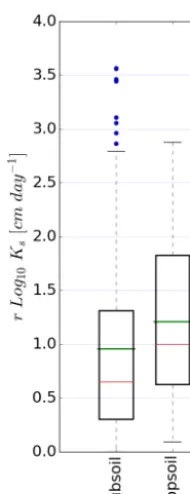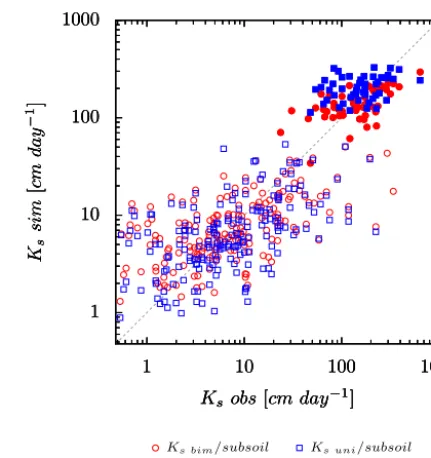Saturated hydraulic conductivity model computed from bimodal water retention curves for a range of New Zealand soils
Full text
Figure




Related documents
The aim of this study was to compare communication skills and results of the written examination in the sur- gery course between students selected by interview and those selected on
Earning Response Coeffi cients, as per the random eff ects model shown in Table I indicates that the regression coeffi cients for the entire panel of data comes to −0.177636
Values in this study are nearest to those found by Li [16] with an agreement of 7% and far to those presented by Williams [10], we note that sodalite present an isotropic
In order to study the robust- ness of the model, I relax this assumption (Section 2.5) by considering a Cobb-Douglas utility function. My findings exhibit that the model is
A token consists of an integer code, which the compiler can recognize, and ten characters of semantic information which are either a string of alphanumeric
Both lon-3 null mutants and worms that that the effect of dbl-1 loss-of-function mutations on the overexpress dbl-1 are longer than wild type but also ploidy of hypodermal nuclei is
In the present study we demonstrate that that there is an enhanced amount of spontaneous activity in the sen- sorimotor circuits that can facilitate standing and step- ping after
The class membership of subjects in each treatment group was correlated with the latent variables (potential predic- tors) using logistic regression [38-40], in order to deter-



